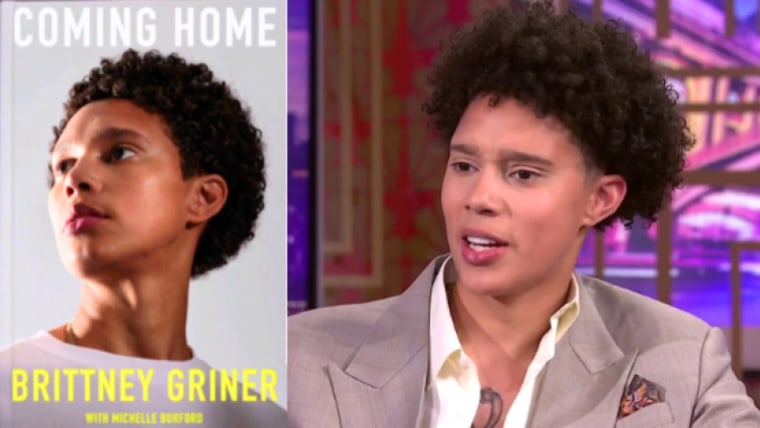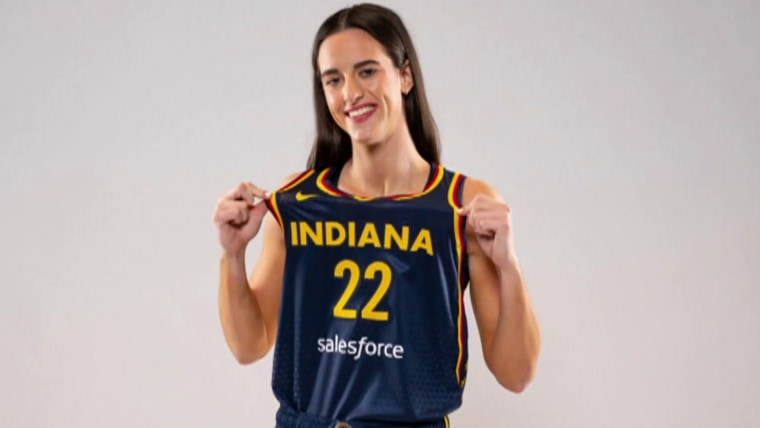Depending on where you sit, less than a dozen games into her professional career, Indiana Fever star Caitlin Clark is either the savior of a previously fledgling WNBA or the product of media overkill, overshadowing a collection of young talent and seasoned veterans.
The debate reached fever pitch after Saturday night, when a rough foul committed by Chicago Sky’s Chennedy Carter against Clark elicited emotions ranging from rage to shoulder shrugs. (The following day, the WNBA upgraded Carter’s shove to a flagrant foul.) Carter, in a nonbasketball act, ran toward Clark and shoulder-checked her to the floor away from where the basketball was being inbounded. As she approached Clark, Carter could be seen yelling something toward the Fever star. What she said wasn’t clear, but I don’t think she was inviting her to postgame cocktails.
Clark’s teammates have been notably absent from defending their teammate in a more forceful manner.
How you view that Carter’s cheap shot on Clark likely reflects the way you view the much-ballyhooed arrival of the former University of Iowa sharpshooter or your level of experience following the WNBA. Across the court, on the Chicago bench, Clark’s former collegiate rival Angel Reese appeared to applaud the foul. During the NCAA Tournament earlier this year, Reese said she and Clark “don’t hate each other.” Yet her applause Saturday suggests a level of disdain. But some of that disdain seems to be more recent than their famous clashes in college: On Monday, Reese argued that the league’s growing popularity isn’t just because of “one person.”
Reese is right. But has anyone driven the current surge in attention more than Clark? On Saturday night, a title-contending and star-studded New York Liberty team played in front of just under 10,000 fans at Barclays Center in Brooklyn. That’s a couple thousand above last season’s average attendance, but the very next night, with Clark and the Fever in town, the crowd swelled to 17,401. That is pretty much a sellout.
In a sports world that is obsessed with statistics, the numbers don’t lie: 82,857 fans have attended five Indiana Fever home games thus far this season — more than they drew in all 20 home games last season. Meanwhile, Reese’s Sky, in a smaller three-game sample, is drawing about 1,000 more fans per game than last season's average attendance of 7,242.

Following the Saturday shoulder-check heard ‘round the basketball world, Reese initially refused to speak to the media until Monday. She was fined for that decision. Carter refused to answer questions about “the shove.” Chicago head coach Theresa Weatherspoon was also quiet until Monday, when she finally condemned the shove. For her part, Carter took to social media to question the talents of Clark, intimating that she was nothing more than a shooter. Again, the numbers tell a different story: the rookie guard averages more than 15 points per game, 5 rebounds and 6 assists (It should be noted that she is leading the league in turnovers with 5.4 per game). On Monday, she was also named WNBA Rookie of the Month.
As for Clark, she’s largely taken the high road. Fever head coach Christie Sides is calling on the league to protect her rookie. But Clark’s teammates have been notably absent from defending their teammate in a more forceful manner. This may open up a whole different can of worms, but at a time when players in the league aren’t shying away from speaking their minds, you don’t see a whole bunch of quotes from Fever players defending their biggest attraction.
The mainstream sports media giants have only covered women’s sports from a distance.
Who is speaking? Apparently, everybody in the media, including Yours Truly. You can’t turn on a sports radio station, podcast or television show and avoid discussion of Clark, her fellow WNBA players’ views of her and the league itself. This should be a welcome development, bringing attention to a league that has never seen this kind of recognition. Instead, in just 20 days since her first game, the conversation about the league has turned into a giant cafeteria food fight. This has included everything from clowns like ESPN’s Pat McAfee referring to Clark as a “white b----” (for which he later apologized) to talking heads like fellow ESPN personality Stephen A. Smith being shut down by his own female colleagues as they discuss the coverage of women’s sports.
This failure was entirely predictable, however. The mainstream sports media giants have only covered women’s sports from a distance. For the first time, they are being forced to talk about a major women’s sports league in a more in-depth way, and they are largely being exposed for the novices they are. Many sports fans roll their eyes at the McAfees of the world even when they’re talking about leagues they actually follow. Their WNBA coverage shows it can always get worse.
Covering the WNBA demands experience and nuance. It involves issues pertaining to race and sexual orientation, and it’s a game that is played differently than the men’s game as it is primarily played below the rim. That difference lends itself to a more physical style that existed long before Clark ever stepped foot on a WNBA court. So I want to make a suggestion to the Smiths and the McAfees of the world: Step aside, and let the professionals handle it.
